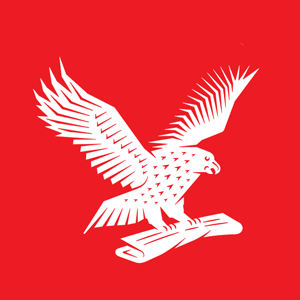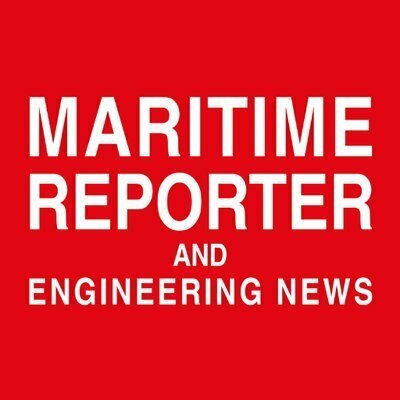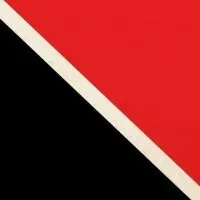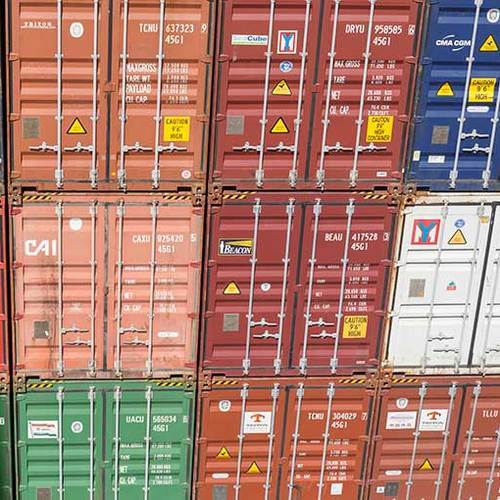Authorities on two continents have made significant strides in the fight against the global cocaine trade. Australia and Columbia seized record amounts of drugs and uncovering sophisticated smuggling operations.
In Australia, a disabled fishing boat led to the country’s largest-ever cocaine seizure. In Columbia, officials intercepted “narco subs,” highlighting a growing Pacific trafficking route aimed at high-demand markets.
Australia
Australian police intercepted 2.3 tons of cocaine off the coast of Queensland Saturday, Nov. 29. It was the largest cocaine bust in the nation’s history.
Authorities said drug runners smuggled the drugs from South America aboard a fishing boat. Officials said the drugs are valued at 760 million Australian dollars ($494 million).
The operation followed a tip about the Comancheros motorcycle gang and a monthlong investigation. Police said the smugglers made two failed attempts to transport the drugs from a “mothership” stationed in international waters.
Authorities arrested 13 people, including two minors. Some were arrested at sea, while others were detained onshore. They said the arrest happened while the suspects were waiting to collect the shipment.
The suspects face charges of conspiring to import drugs by sea, which carries a maximum penalty of life in prison. Police Commander Stephen Jay said Australia’s high demand and high street prices for cocaine make it a lucrative target for organized crime.
Columbia
In Colombia, police seized six “narco subs” carrying cocaine during the week of Nov. 25. Authorities said this was part of a six-week operation involving 62 countries.
“Operation Orion” resulted in the capture of 1,400 metric tons of drugs, including 225 tons of cocaine and 128 tons of marijuana.
One semisubmersible vessel, intercepted in the Pacific Ocean, carried five tons of cocaine destined for Australia. Officials said the craft could travel up to 10,000 miles without refueling, indicating new trafficking routes targeting Australia, where cocaine sells for up to $370,000 per kilogram.
Colombian authorities said cartels have evolved into global networks, collaborating across continents to smuggle drugs to Europe, the U.S., and Oceania. Authorities arrested more than 400 people during the operation. They said the operation also revealed increasingly sophisticated smuggling methods.
Narco subs, first used by Colombian cartels in the 1990s, remain a primary method for transporting large quantities of drugs. Colombia, the world’s largest producer of cocaine, set records last year in production and coca cultivation. Australia, with the highest per capita cocaine use globally, is a key destination for traffickers.























































































